The Akashi Kaikyō Bridge is the largest suspension bridge in the world that supports automobiles. The bridge links Maiko in Kobe to Awaji Island across the Akashi Strait in Japan. Also called the Pearl Bridge, the Akashi Kaikyō Bridge was constructed over a ten-year period from 1988 to 1998. Before the bridge was built, the strait was traversed only by ferries. However, a 1955 ferry accident that took 168 lives prompted the Japanese government to research and construct an alternate passageway that could withstand the treacherous weather and harsh winds commonly seen in the strait. Determined by the amount of unsupported length, the Akashi Kaikyō Bridge earned its title as the longest roadway suspension bridge in the world by measuring in at 6,523 feet of unsupported bridge distance.
Though the bridge provided a safer alternative to ferries when passing the Akashi Strait, the bridge must be scrupulously inspected to ensure that its structural integrity endures throughout repeated use, load bearing, and exposure to weather. One way maintenance professionals fight corrosion in the bridge’s cables is by using a dry air injection system. Using this method, dry air is injected into the suspension cables in order to preserve a constant humidity level inside the cable’s interior, thereby staving off corrosion.
Several nondestructive testing methods are used to inspect suspension bridges. Bridges are susceptible to cracks, corrosion, rust, section loss, delamination, weld defects, and other safety hazards resulting from fatigue. Visual inspections completed using cable inspection trolleys that travel across the length of the cables. Though visual inspections are useful in detecting surface flaws and markers for internal defects, more advanced nondestructive testing methods such as magnetic flux leakage and ultrasonic testing allow inspectors to gain a more comprehensive look at the structure of a large suspension bridge.
Magnetic flux leakage technology offers insight into the level of corrosion present in different facets of a bridge and can also mark local faults. Breaks in the magnetic field alert inspectors to areas where metal loss caused by corrosion is present. Furthermore, ultrasonic testing measures the pulse velocity of signals emitted throughout the bridge structure. When the velocity varies in certain spots, inspectors are alerted to possible gaps and cracks in the structure.
In the last decade, engineers have been working to develop cable inspection robots that can analyze the integrity of suspension bridges, as well as clean, paint, and repair aspects of the bridge. The remotely operated system offers a glimpse into the future of suspension bridge inspection practices as engineers work to ensure the highest degree of safety for those who pass over suspension bridges every day.

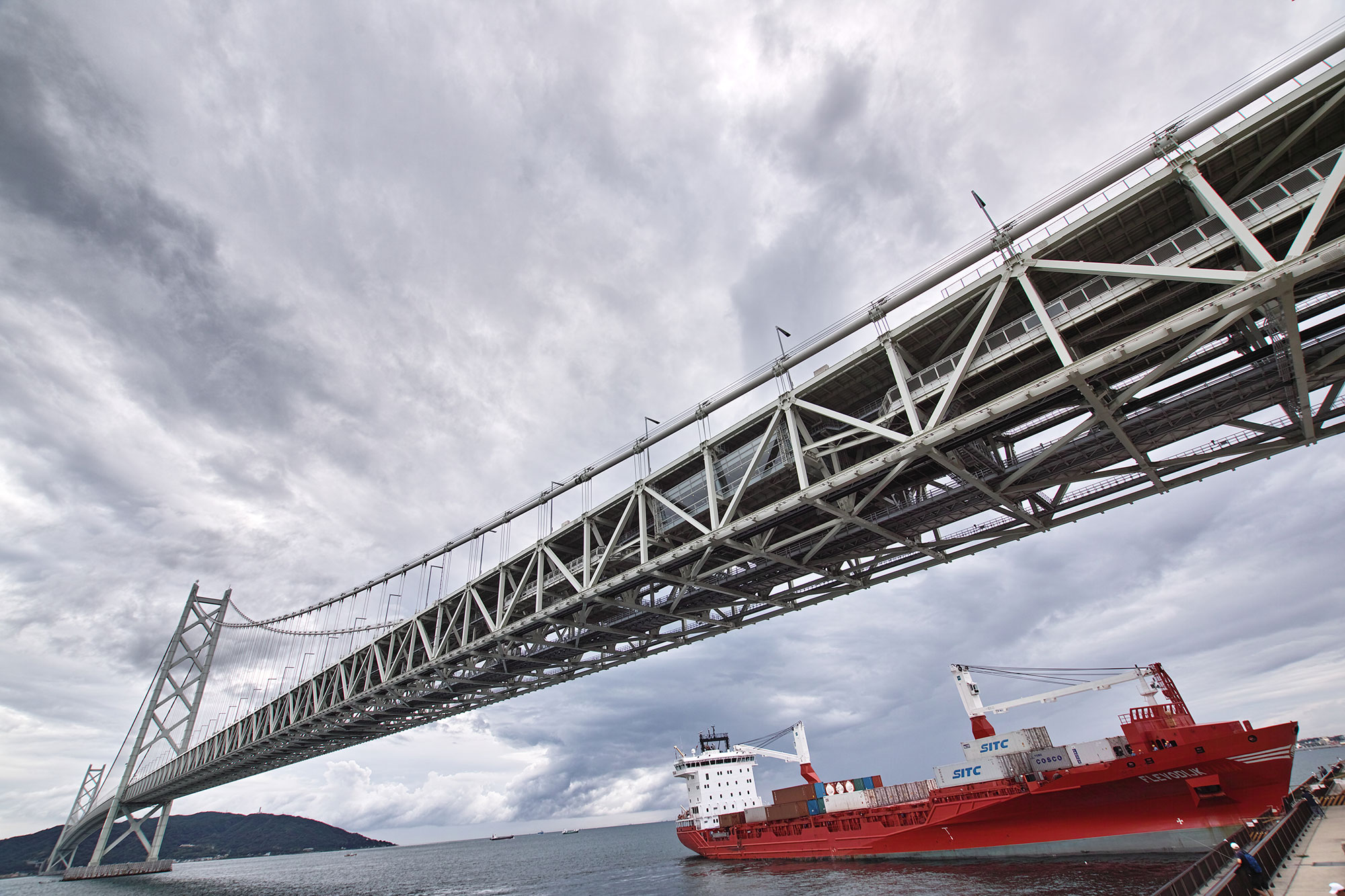
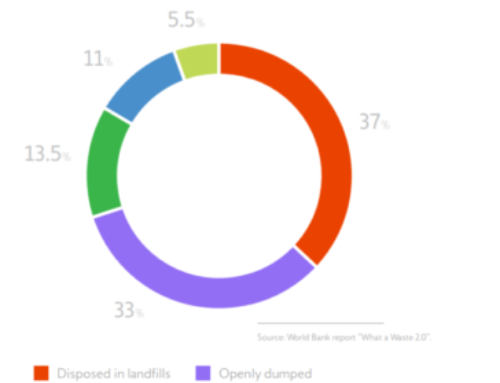
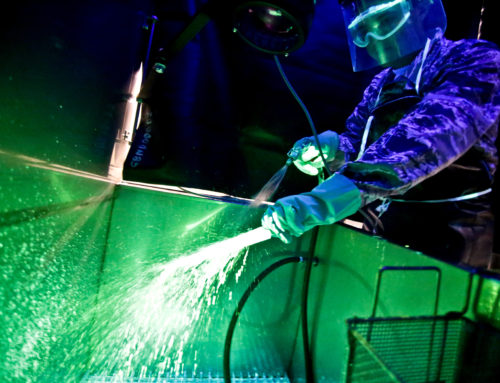
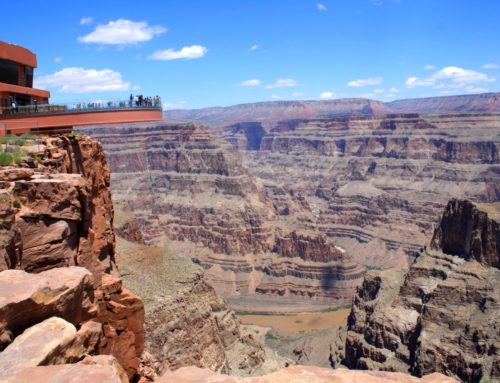
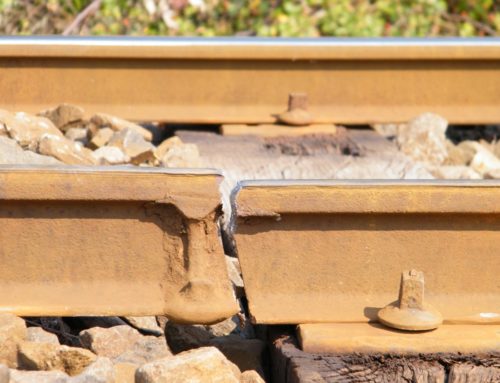


Leave A Comment